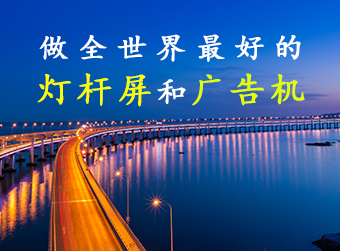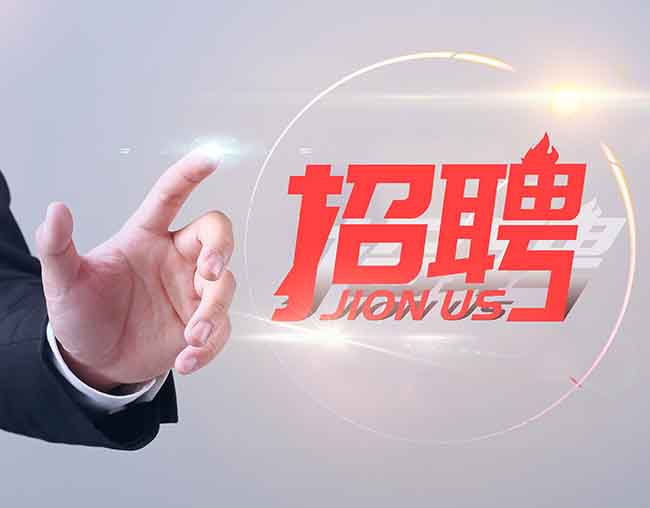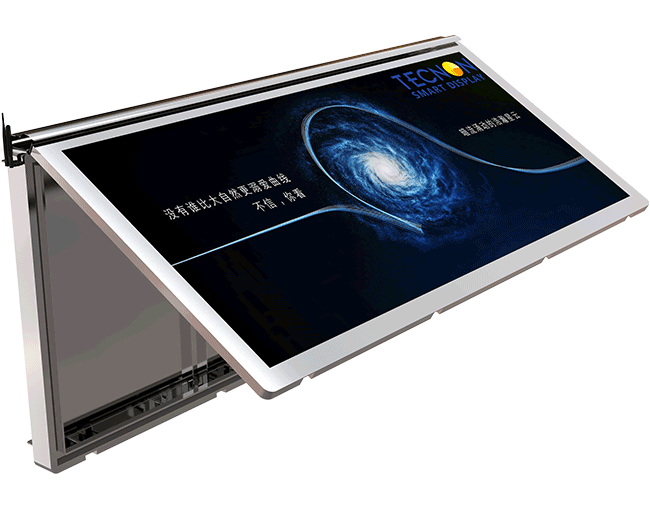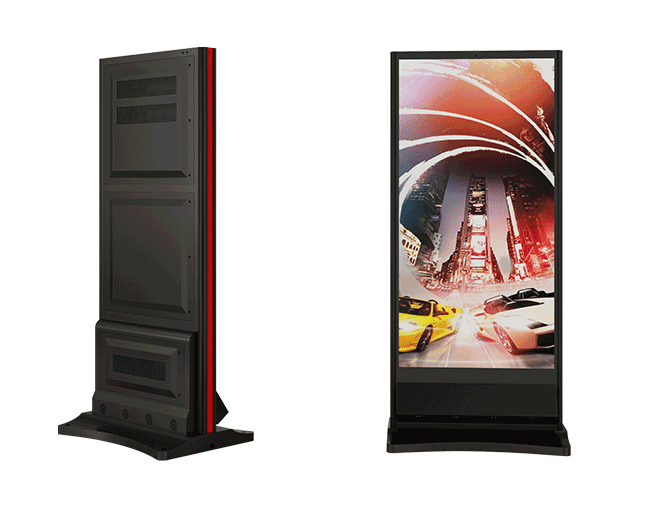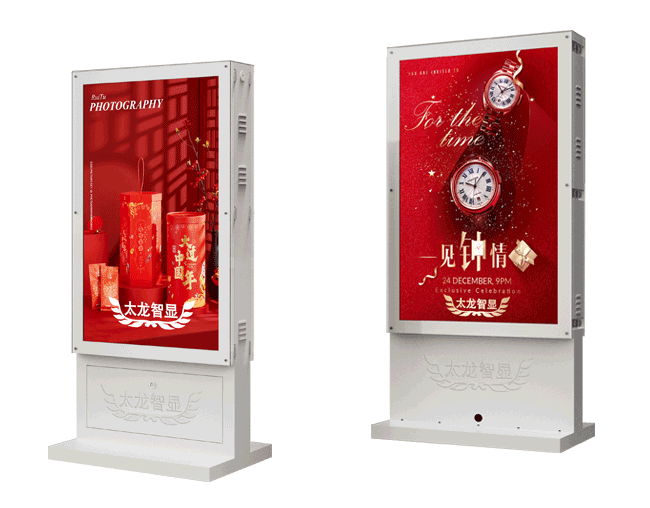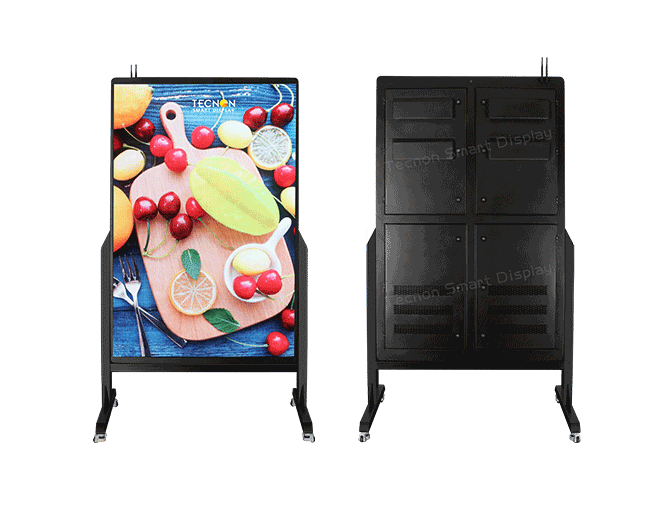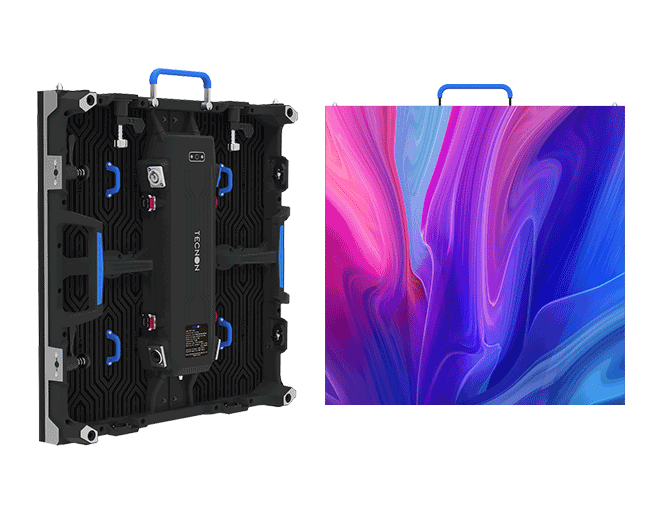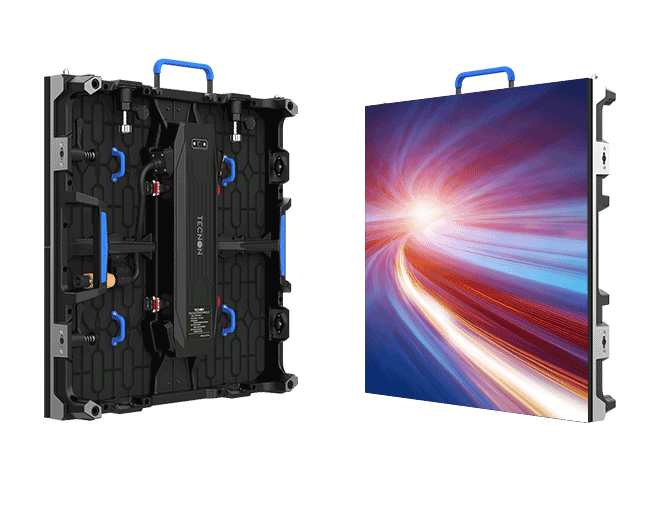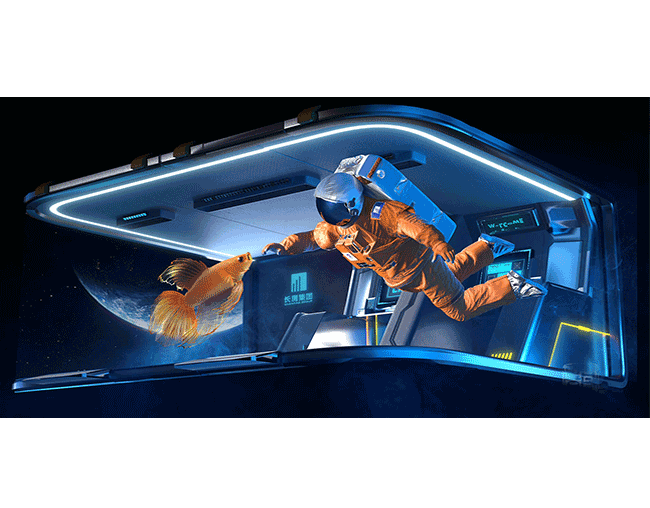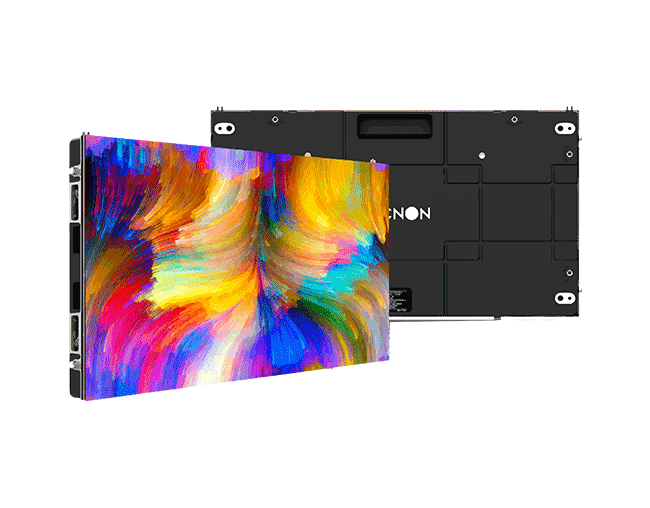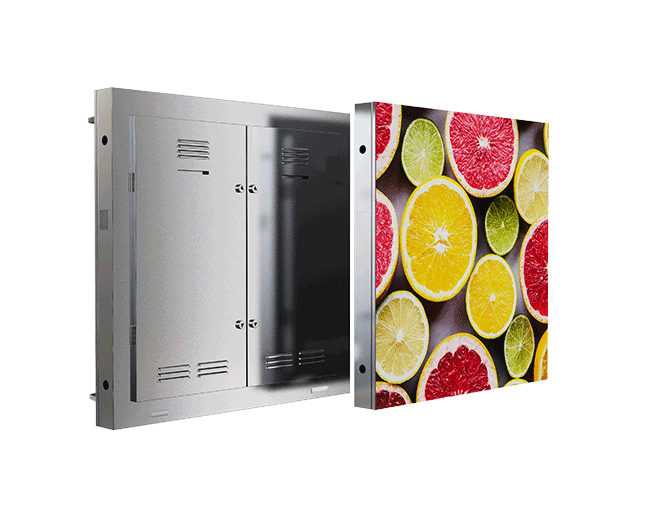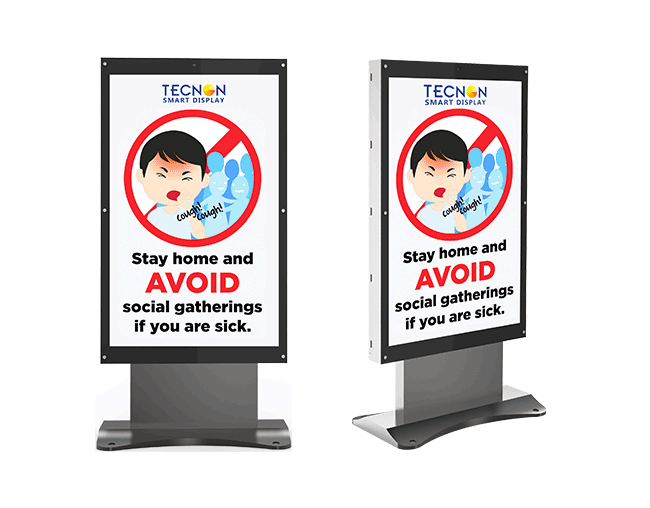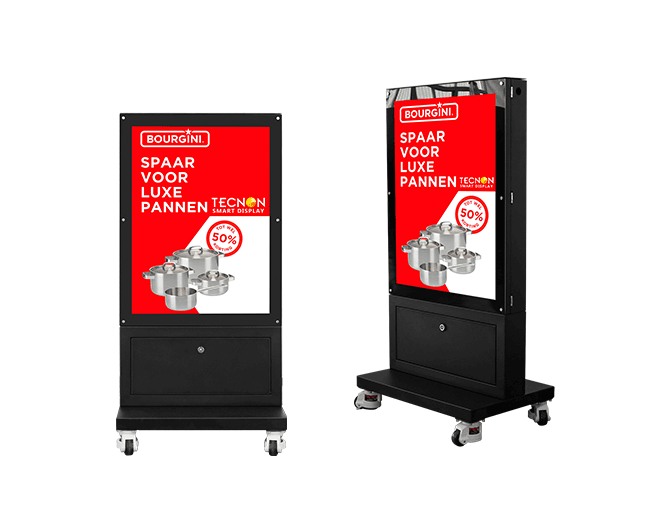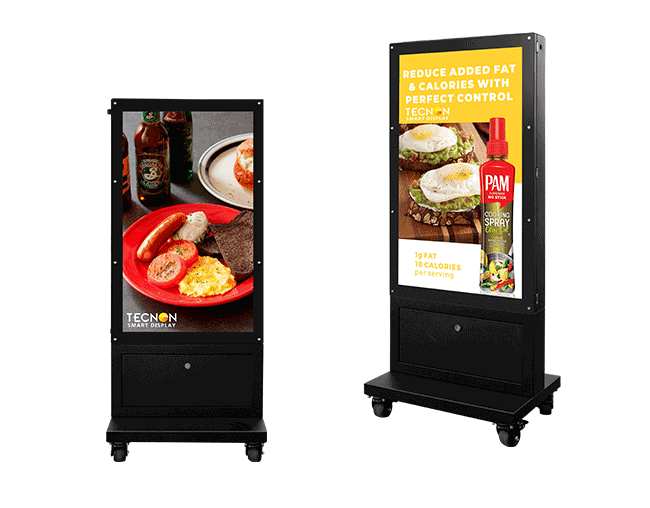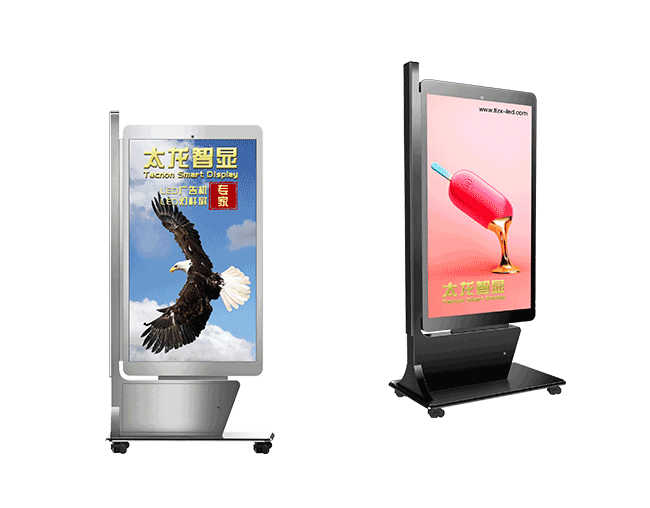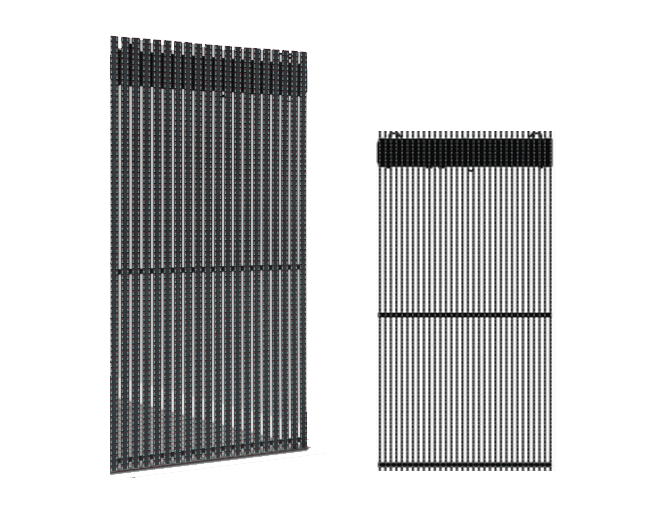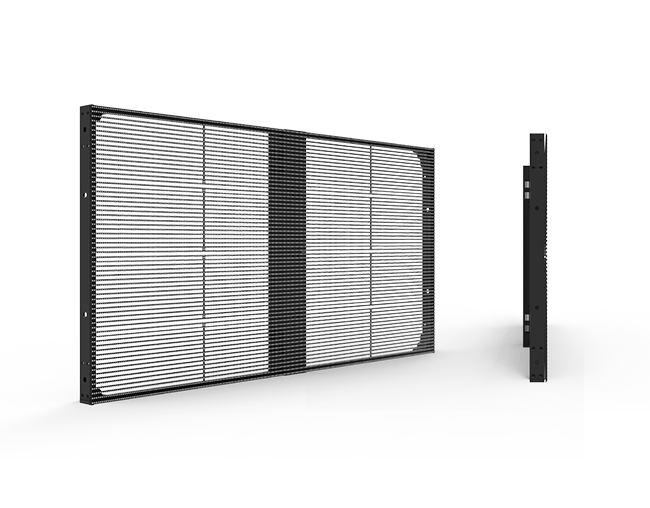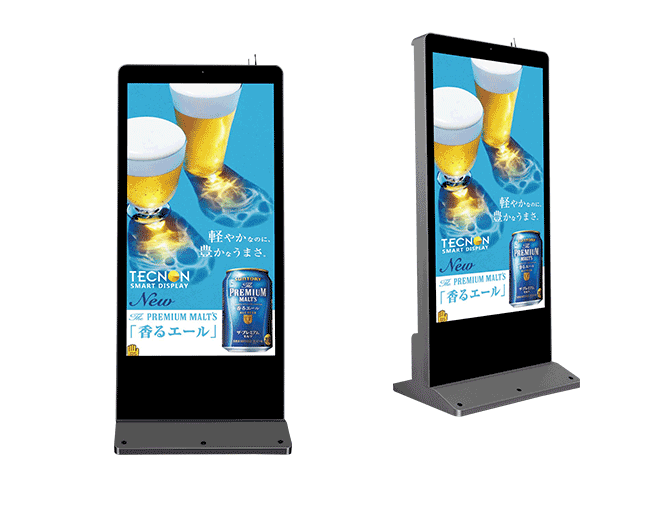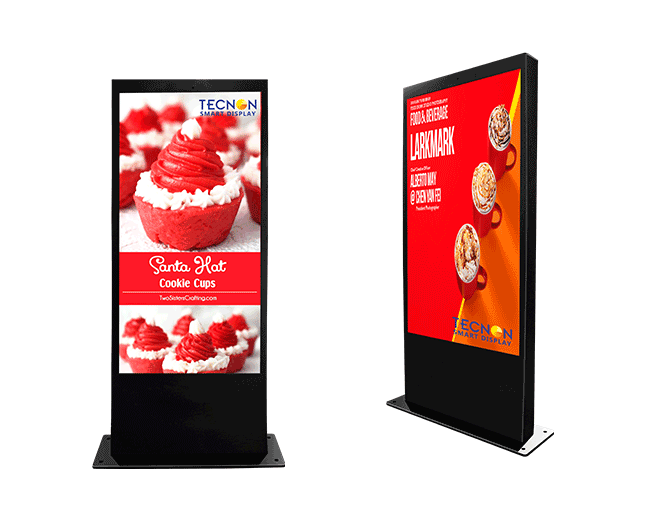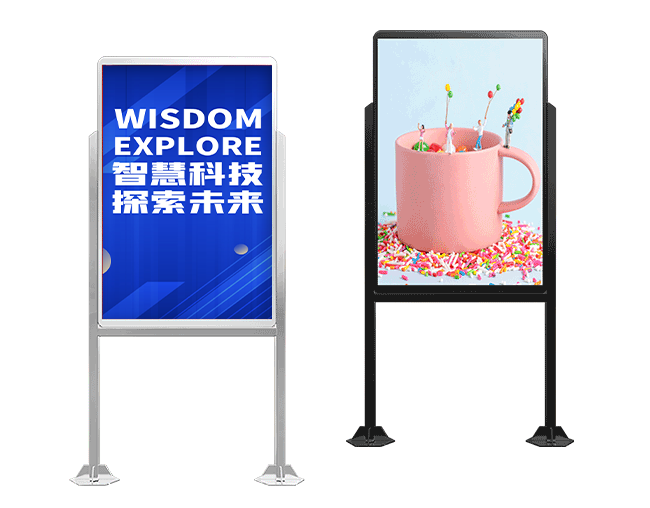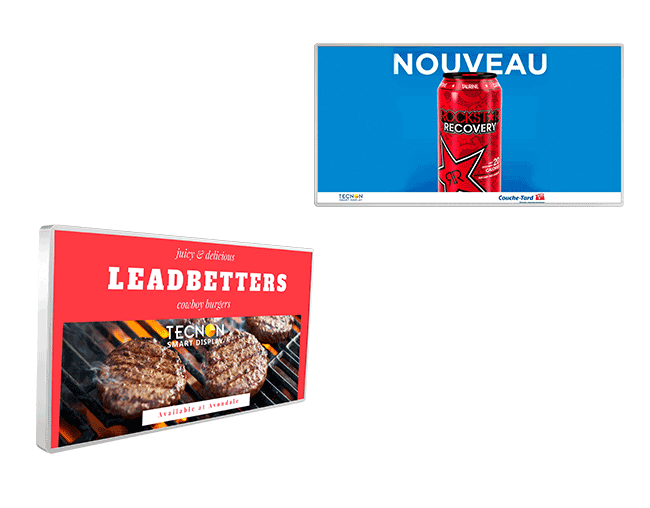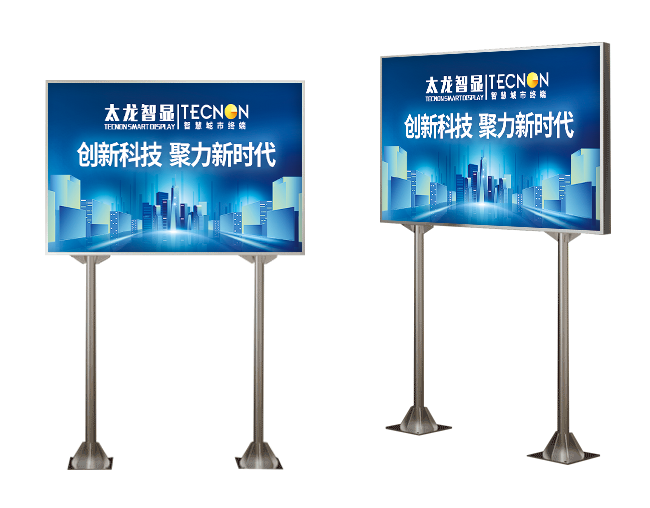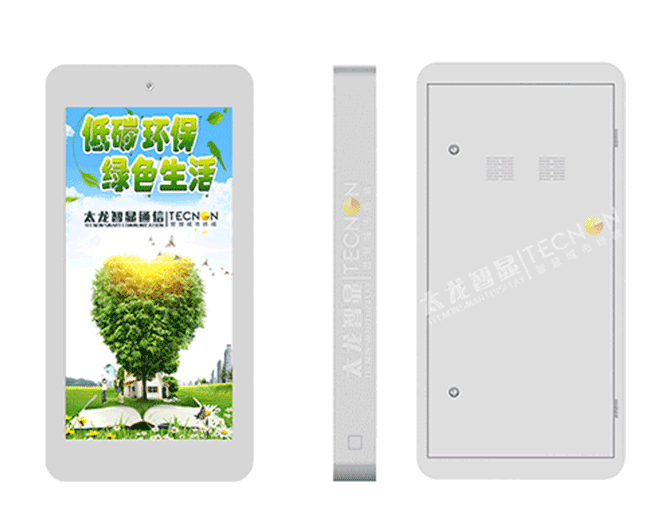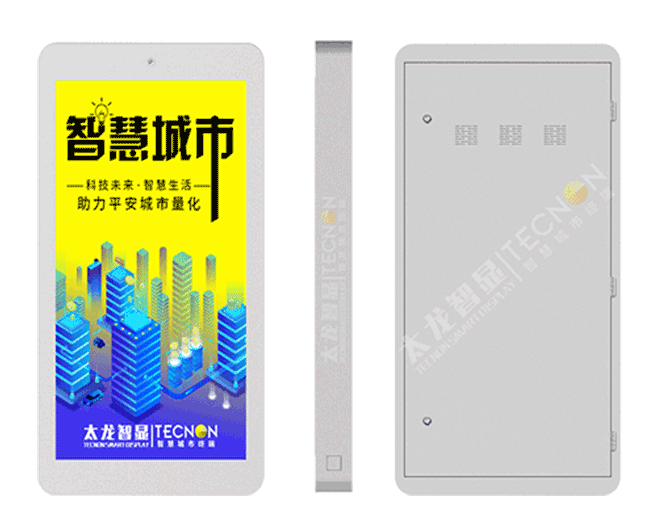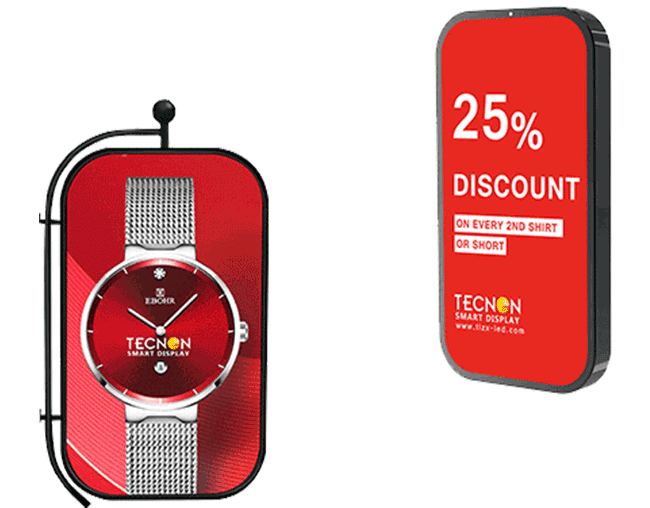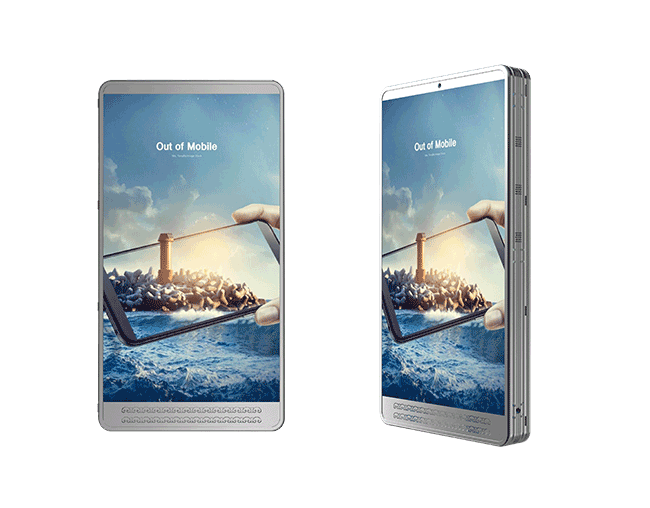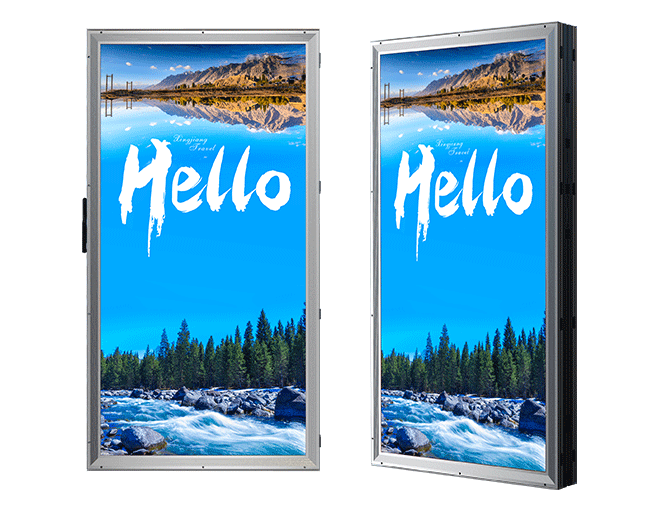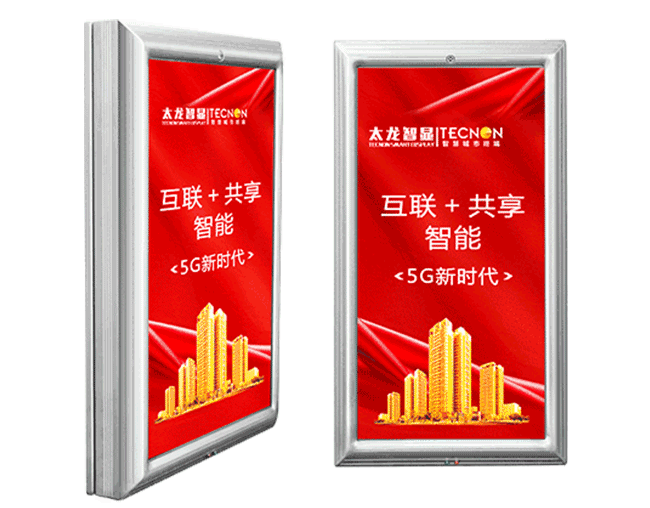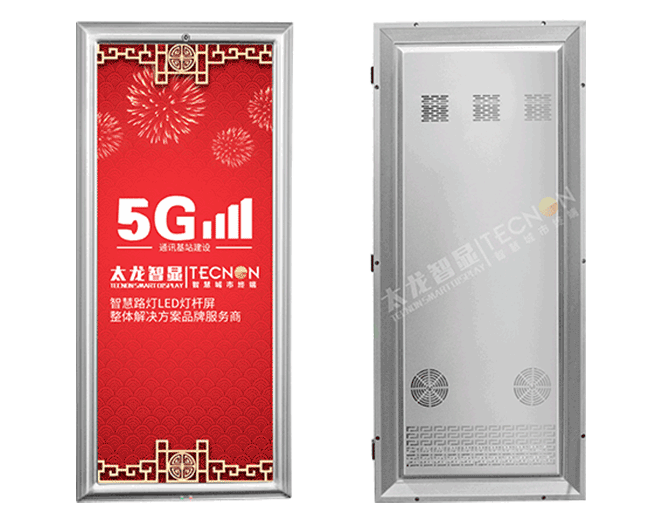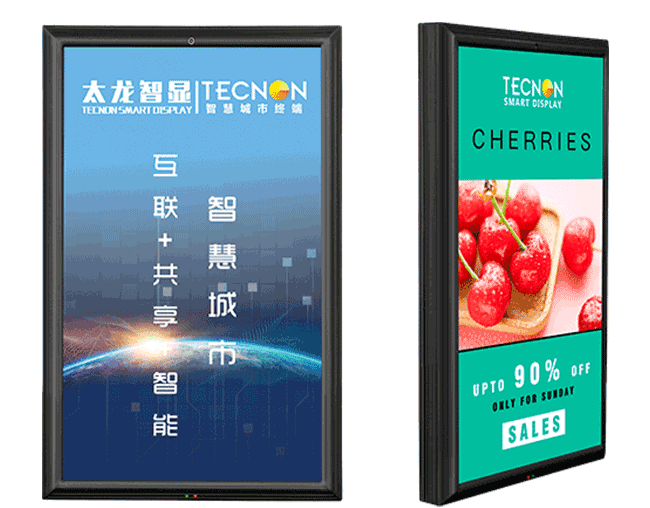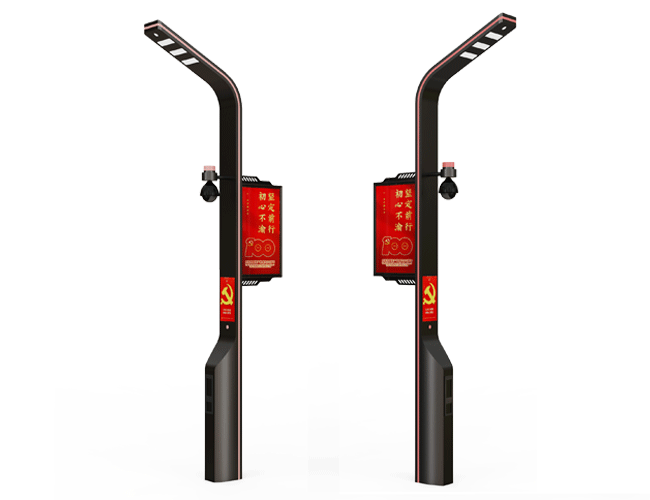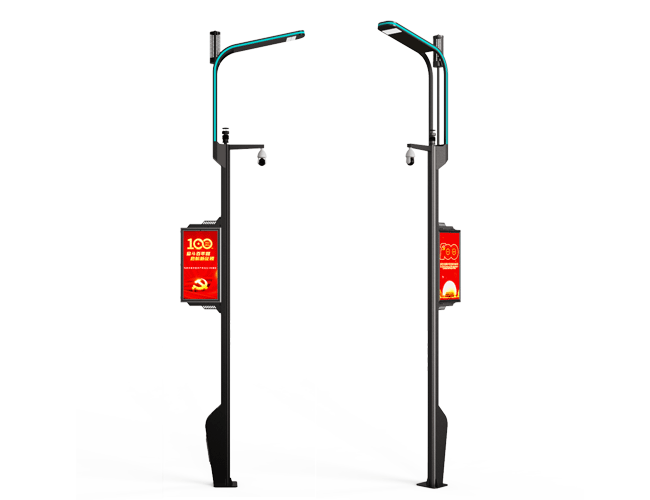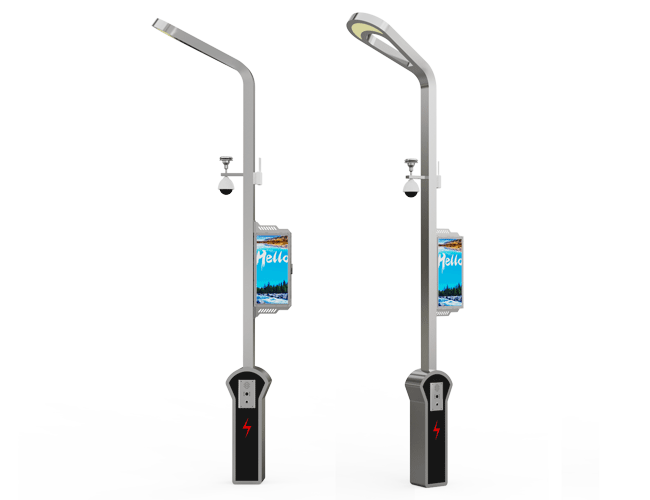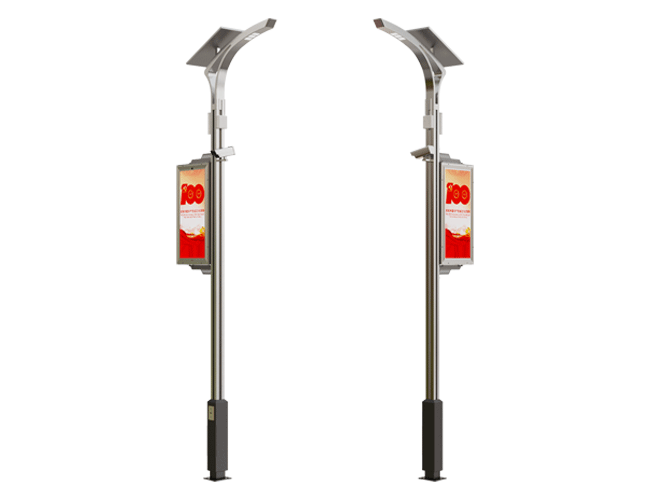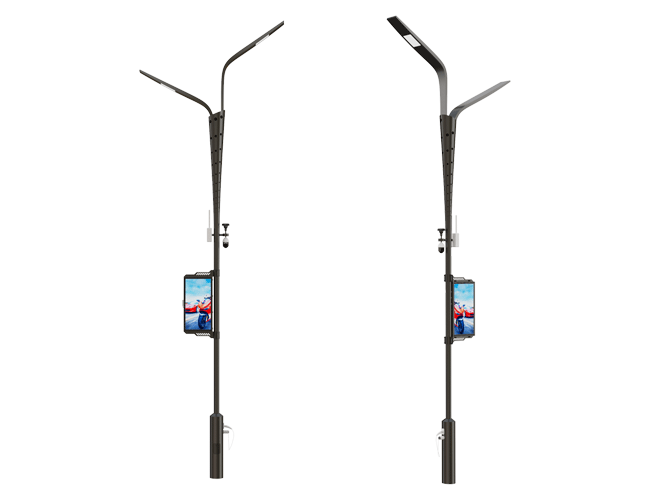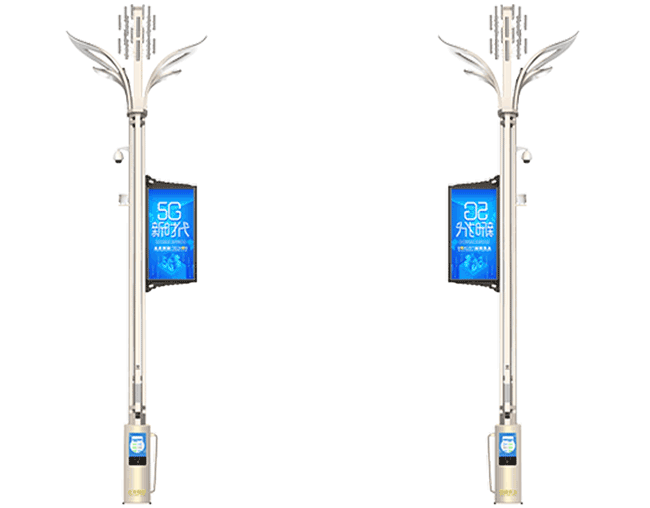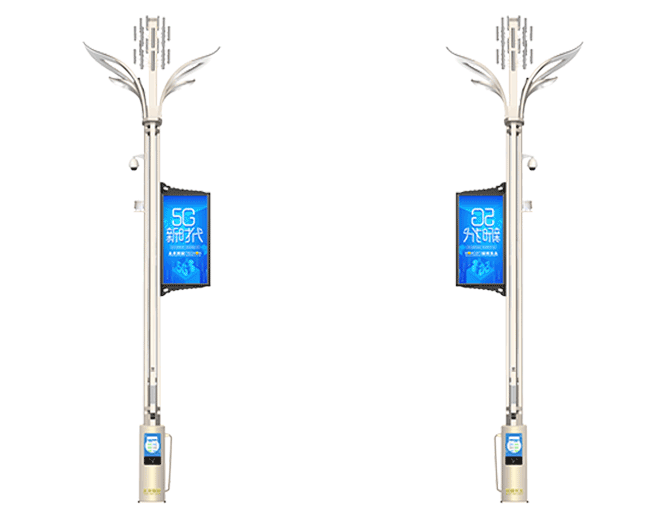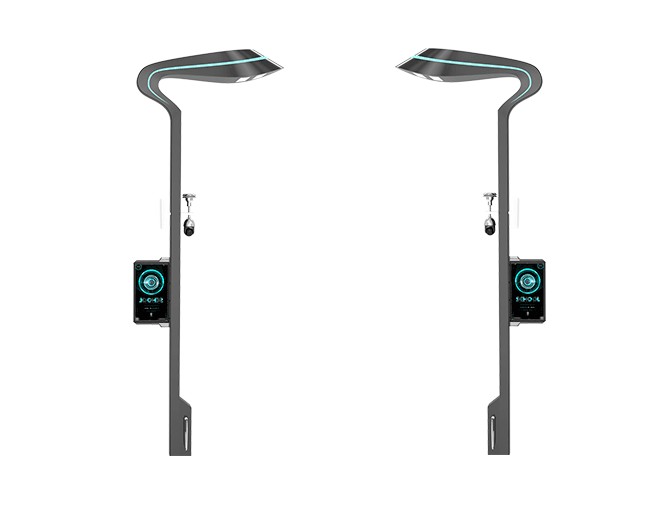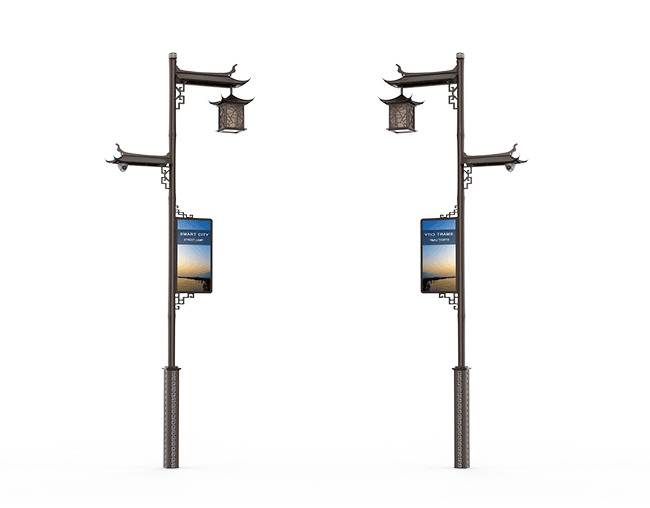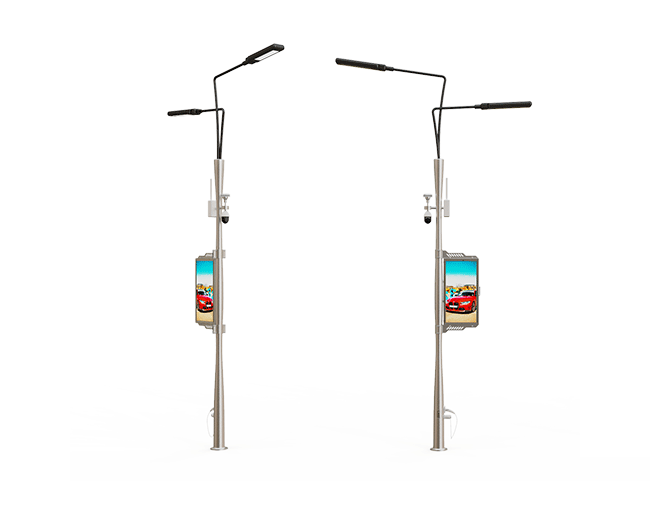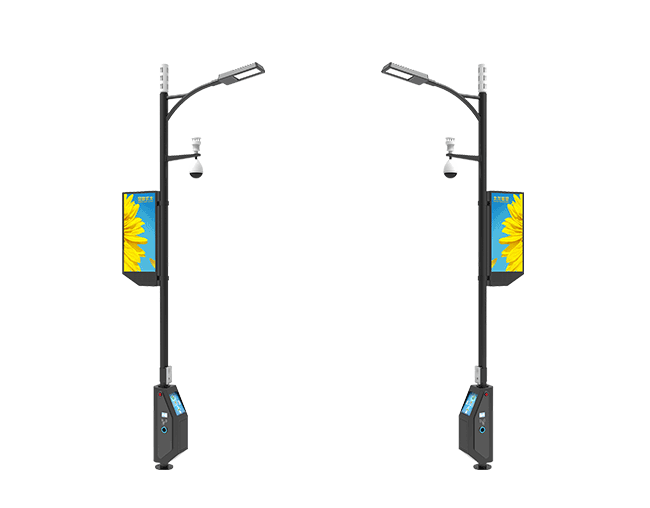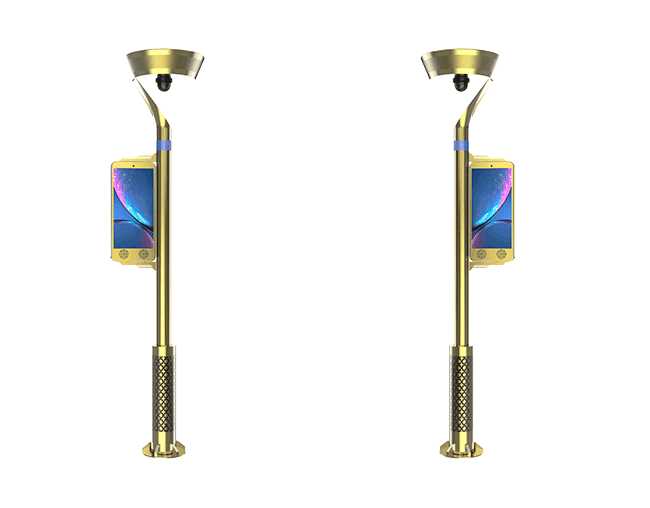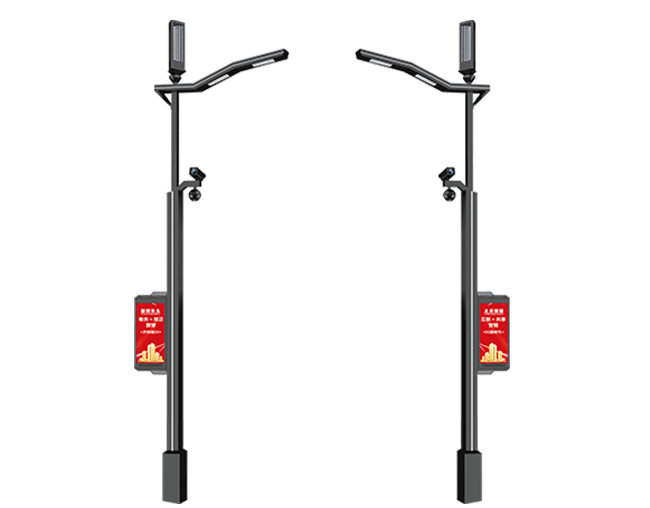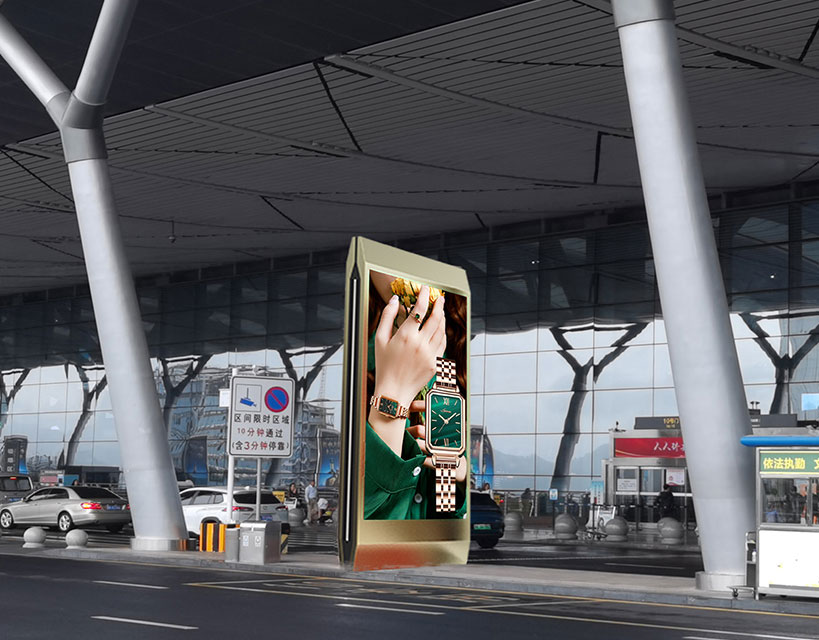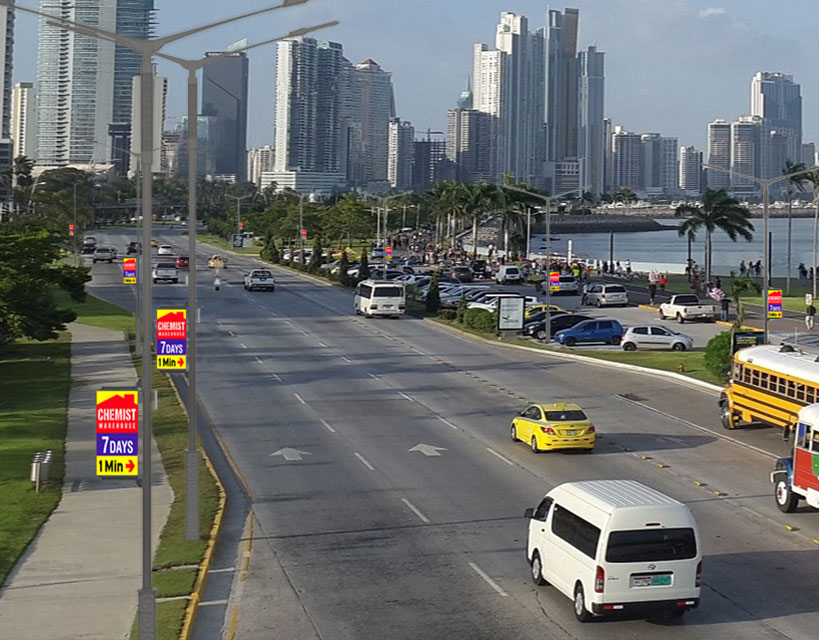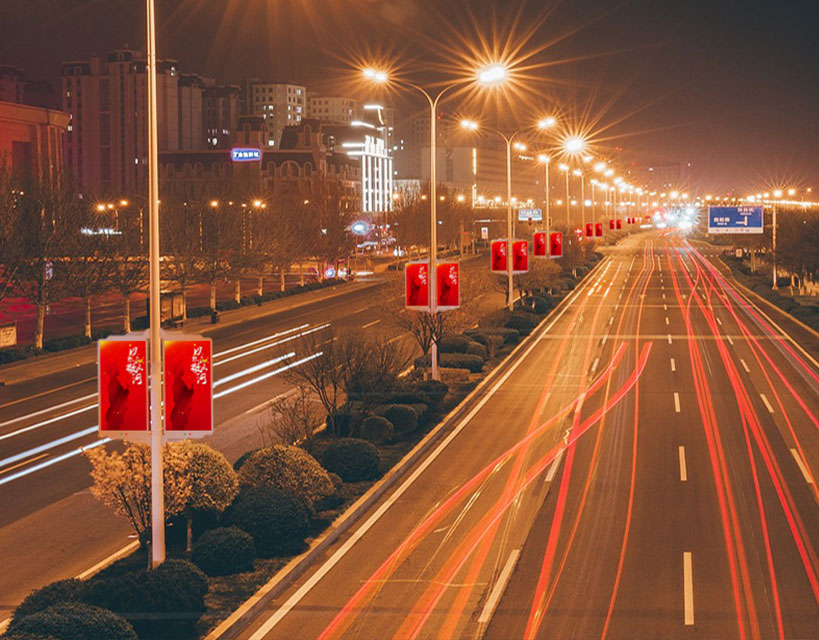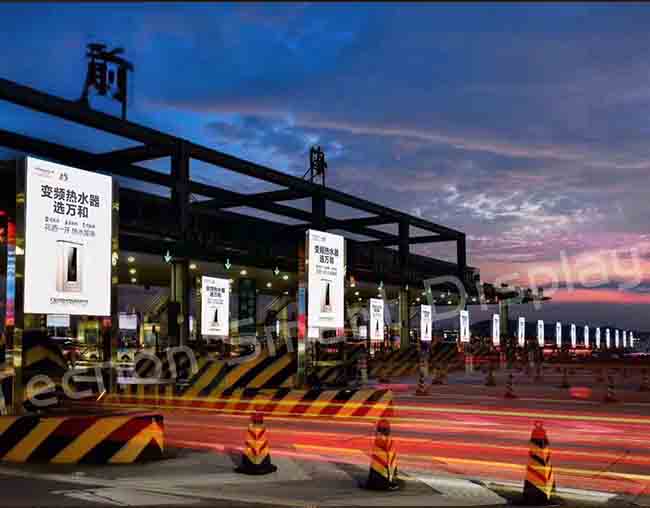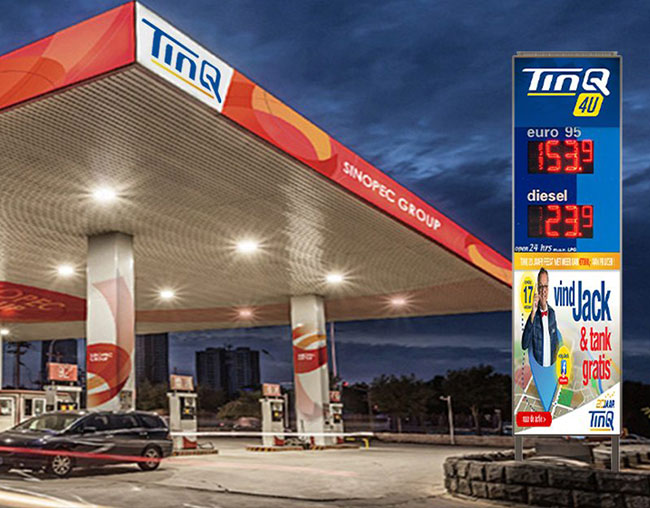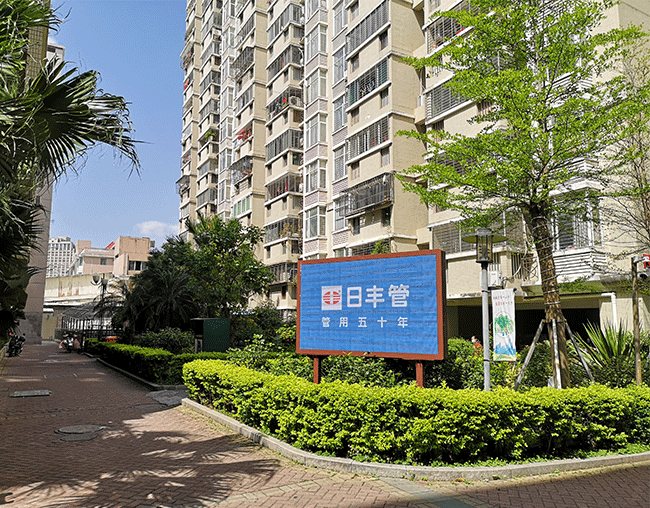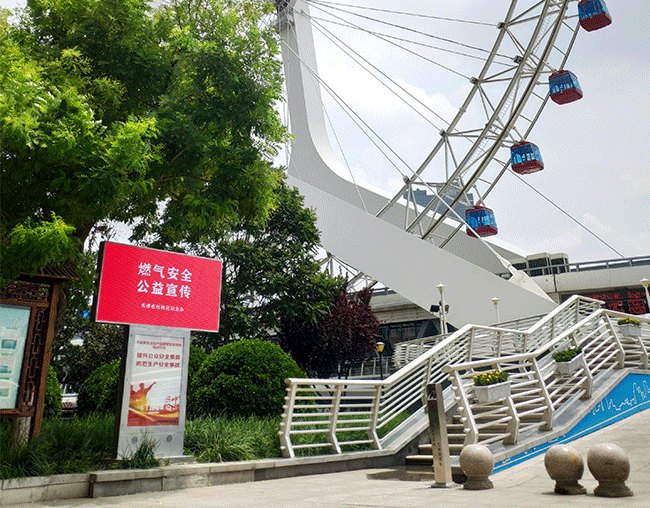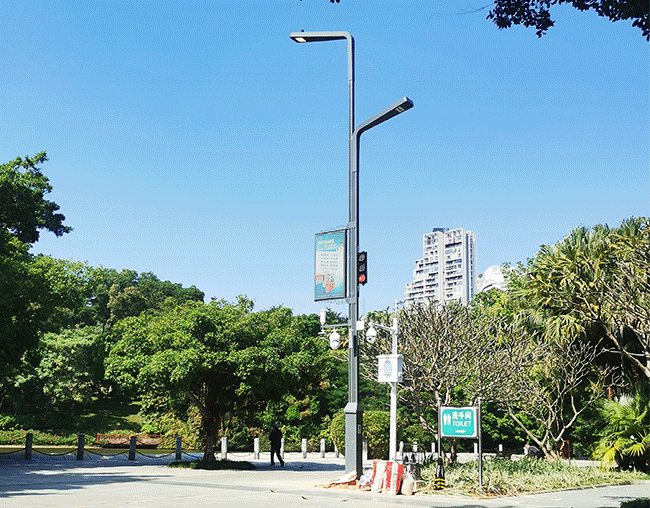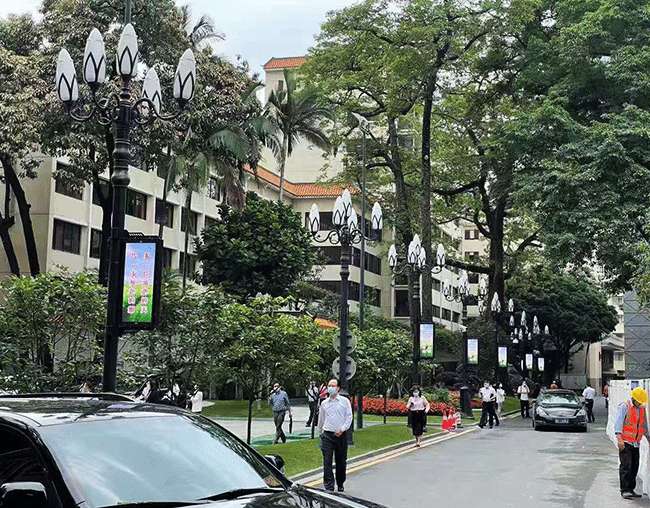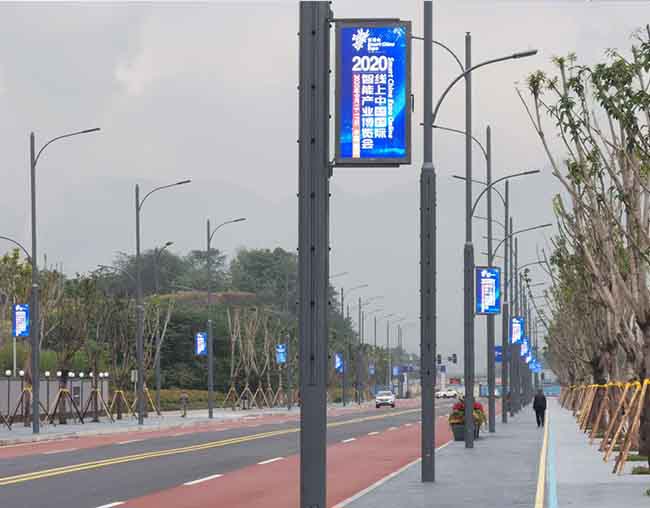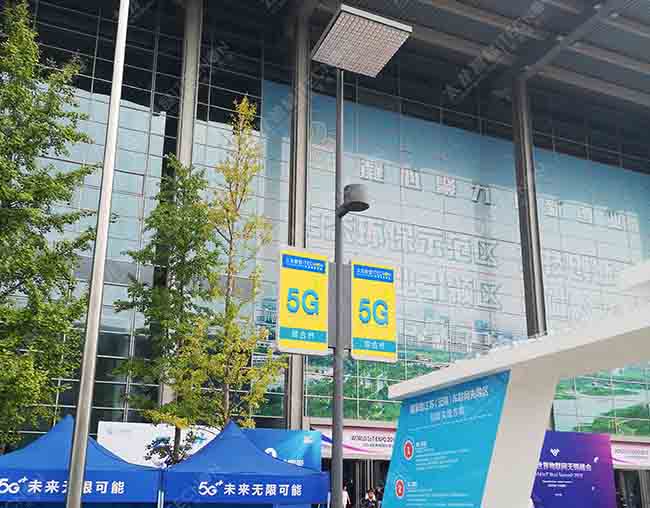Typhoon Wipha Tests Smart Cities: Can Outdoor Light Pole Screens Withstand Level 14 Winds?
As Typhoon "Wipha" No. 6 in 2025 approaches the coast of South China with strong winds of 12-14 (33-42 meters/second), Guangdong, Hainan and other places are on high alert. This meteorological disaster is not only a test of the city's emergency response system, but also makes the safety of outdoor light pole screens, an important carrier of smart city construction, a focus. In the howling wind, can these "smart terminals" that are responsible for information release, emergency response and urban governance functions "stand firm" in the strong typhoon?
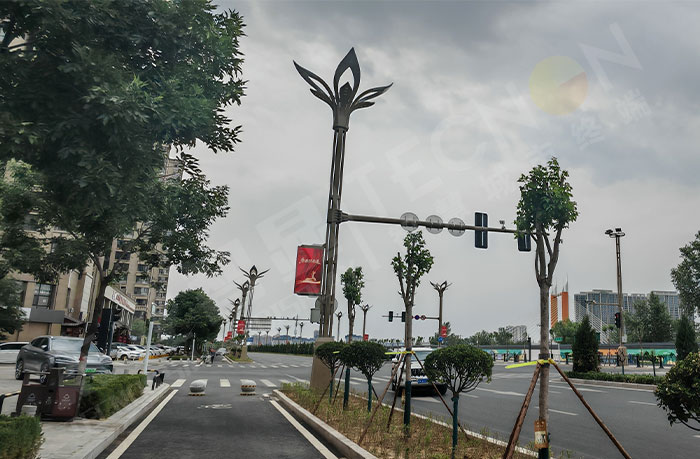
According to the latest warning from the Central Meteorological Observatory, "Wipha" is expected to land on the coast from Shenzhen, Guangdong to Wenchang, Hainan in the afternoon and night of the 20th. Its 14-level gusts (42 meters/second) have reached 1.2 times the basic wind pressure of Class A roughness areas (offshore sea surface) in the "Building Structure Load Code" once in 50 years. Guangdong Province has launched a level II emergency response to prevent wind. Shenzhen, Guangzhou and other cities have simultaneously issued a yellow typhoon warning. The maritime department has implemented traffic control in the waters of the Pearl River Estuary, and coastal scenic spots have been completely closed. The threat of this typhoon does not only come from the wind itself. Monitoring by the Ministry of Natural Resources shows that there will be 50-200 cm of storm surge along the coast of Guangdong, and the wave height in the waters of the Pearl River Estuary is expected to reach 5-8 meters. The superposition of astronomical tides may cause seawater backflow. In such extreme weather, the stability of outdoor light pole screens, as an important part of urban public facilities, is directly related to public safety and urban operations.
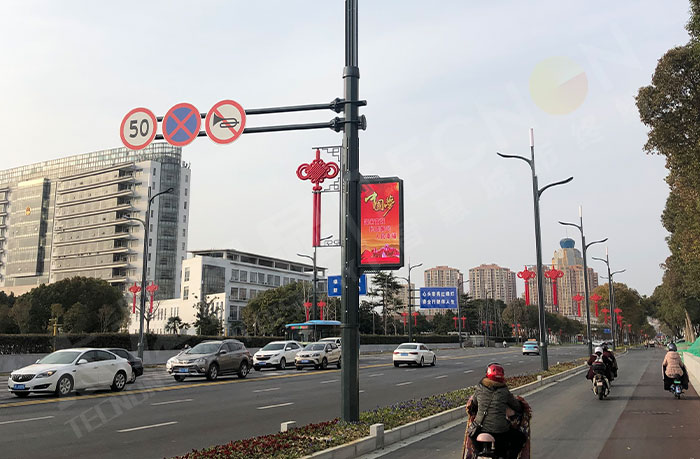
South China is a pioneering area for the construction of smart cities in my country, and the deployment density of outdoor light pole screens ranks among the top in the country. For example, along Taikoo Cang Road in Haizhu District, Guangzhou, there are 74 pieces of Shijue Guangxu pilot series light pole screens densely distributed, covering a 1-kilometer section of the road, and assuming functions such as traffic guidance, meteorological warnings and commercial information release. The light pole screens in coastal areas such as Luohu, Shenzhen and Zhoushan, Zhejiang are integrated with temperature and humidity sensors and wind speed monitors to push tide forecasts and evacuation routes in real time.
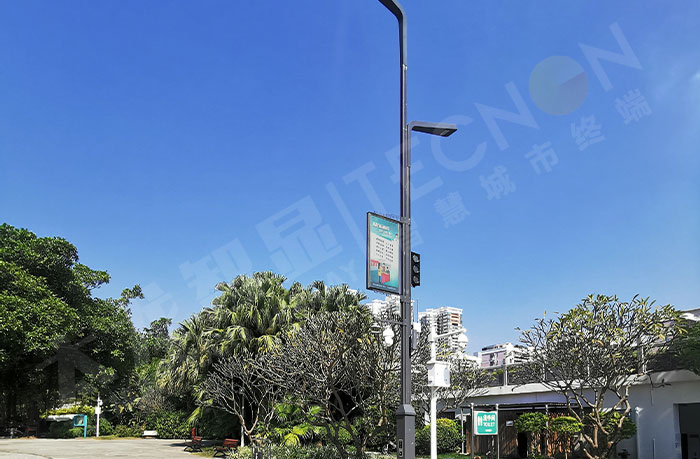
These facilities face severe tests in the face of strong typhoons. According to the "Building Structure Load Code", the wind pressure value corresponding to a level 14 typhoon is about 0.88kN/m2, far exceeding the current design standard of 0.75kN/m2 for smart light poles in Shenzhen. During the 2018 typhoon "Mangkhut", 484 light poles in Shenzhen were damaged due to fallen trees, and some light poles broke in strong winds due to insufficient wall thickness (only 3.0mm). When Typhoon "Makar" hit Leizhou in 2024, more than 120 street light poles fell due to loose foundations, exposing the limitations of the wind-resistant design of traditional steel light poles.
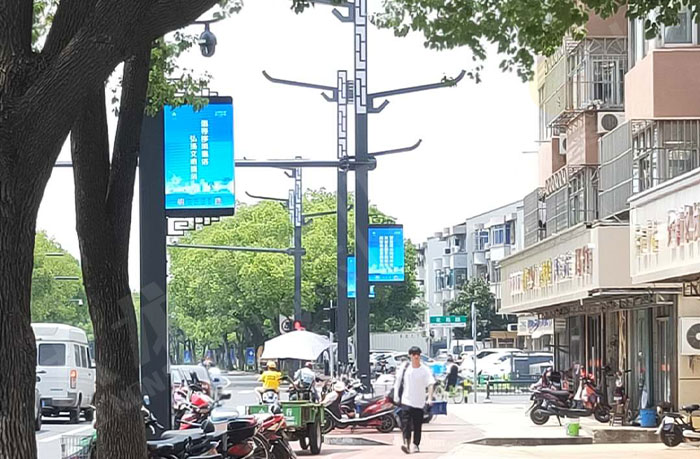
On the technical level, the safety hazards of light pole screens are mainly concentrated in three aspects: first, structural design. Steel light poles with traditional welding technology are prone to rust under long-term salt spray erosion, resulting in reduced wind resistance; second, wind load calculation. The existing standards are mostly based on the 10-minute average wind speed, while the instantaneous gusts of typhoons may exceed the design value by more than 30%; third, installation and maintenance. The foundation depth of light poles in some areas is less than 200mm, and inverted cone chemical anchors are not used, which is easy to overturn under strong winds.
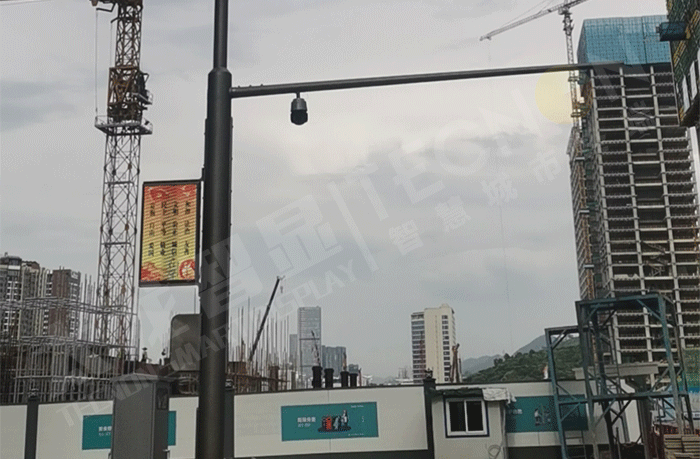
Facing the threat of typhoons, the industry is improving the disaster resistance of light pole screens through material innovation, structural optimization and intelligent monitoring. The light pole screens deployed by Tecnon in the coastal area of Zhoushan, Zhejiang, use magnesium-aluminum alloy die-casting technology, which reduces weight by 40% and increases wind resistance by 50%. The surface nano coating can resist salt spray erosion for 30 years. The application of intelligent monitoring systems further enhances safety. The lamp pole screens in some areas of Shenzhen are integrated with inclination sensors and strain gauges to monitor the displacement of the pole in real time. When the wind force exceeds the set threshold, the power supply is automatically cut off and an early warning is pushed to the municipal platform.
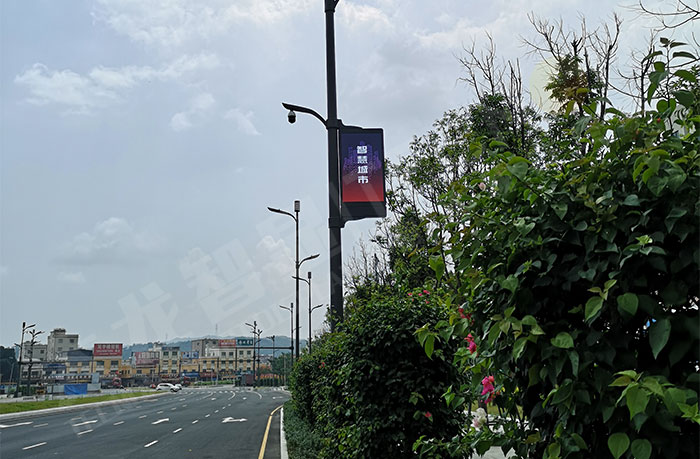
Faced with the approach of "Wipha", Guangdong, Hainan and other places have launched special safety inspections. According to the requirements of the Guangdong Provincial Department of Housing and Urban-Rural Development, all localities have conducted a comprehensive investigation of outdoor advertising facilities, focusing on the anchor depth of the lamp pole foundation, the quality of the weld and the wind resistance verification report, and temporarily reinforced or demolished facilities that do not meet the 12-level typhoon standard. This preventive measure requires long-term mechanism support. The "Guangdong Provincial Smart Lamp Pole Technical Specifications" clearly requires that the wind resistance level of the lamp pole screen is not less than level 12, and it must be verified by wind tunnel tests.
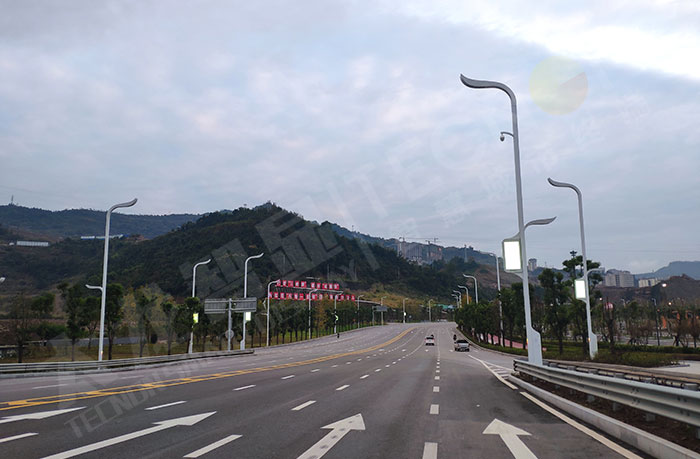
The arrival of Typhoon "Wipha" exposed the weak links in the construction of smart cities. Despite significant technological progress, some areas still have the problem of "focusing on construction and neglecting maintenance". For example, in the Leizhou typhoon disaster in 2024, the proportion of cases where lamp poles fell due to failure to replace rusted bolts in time accounted for 37%. It is recommended to include the 14-level typhoon load in the mandatory standards for light pole screens in coastal areas, promote the safety factor requirements in the "High-rise Structure Design Code", and ensure that the material strength and anchoring depth meet the wind resistance requirements.
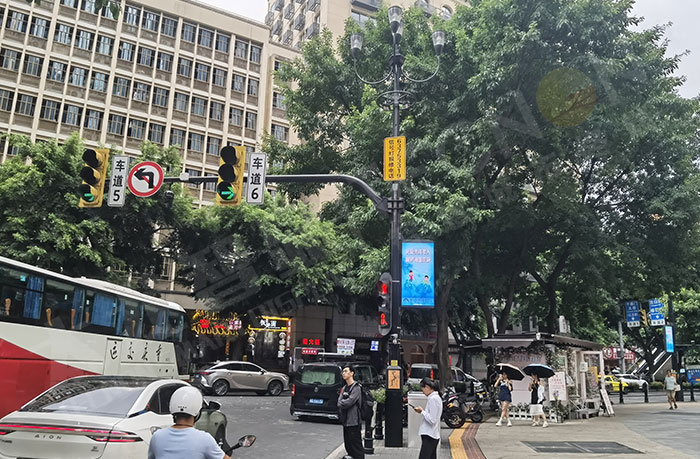
When the strong winds of Typhoon "Wipha" swept across the coast of South China, the performance of outdoor light pole screens was not only a technical issue, but also a microcosm of urban governance capabilities. From the smart light poles on Taikoo Cang Road in Guangzhou to the grille screens in Qianhai, Shenzhen, these facilities are protecting the safety and order of the city in extreme weather through material innovation, intelligent monitoring and refined management. This test will eventually pass, but the revelation left to us is: the construction of smart cities needs to build a solid safety bottom line while pursuing a sense of technology, so that each light pole screen can become a "city guardian" that can withstand wind and rain.





